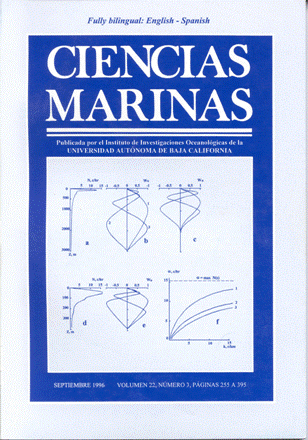Nutritional effect of three microalgae and one cyanobacteria on the culture of the rotifer Brachionus plicatilis Müller: 1786
Main Article Content
Abstract
Three microalgae and one dehydrated cyanobacteria were tested to determine the best concentration and the best food for the culture of a local strain of the rotifer Brachionus plicatilis type L. The observations were: density of rotifers, fecundity and biochemical analyses (carbohydrates, proteins and total lipids). Of the food tested, Nannochloris sp., with a density of 25 × 106 cells.ml–1, produced the best yields and fecundities in the rotifer culture, followed by Nannochloropsis sp. at 25 x 106 cells.ml–1, Chlorella sp. at 35 × 106 cells. ml–1 and, finally, dried Spirulina sp. with densities of 0.67 and 0.9 g per 1.5-l volume (fecundity and density, respectively). According to the biochemical analyses, the best food was Chiarella sp., followed by Nannochloropsis sp., Nannochloris sp. and dried Spirulina sp. It is concluded that Nannochloropsis sp. and Nannochloris sp., at a concentration of 25 × 106 cells. ml–1, are suitable feeds for the culture of B. plicatilis.
Downloads
Article Details
This is an open access article distributed under a Creative Commons Attribution 4.0 License, which allows you to share and adapt the work, as long as you give appropriate credit to the original author(s) and the source, provide a link to the Creative Commons license, and indicate if changes were made. Figures, tables and other elements in the article are included in the article’s CC BY 4.0 license, unless otherwise indicated. The journal title is protected by copyrights and not subject to this license. Full license deed can be viewed here.

